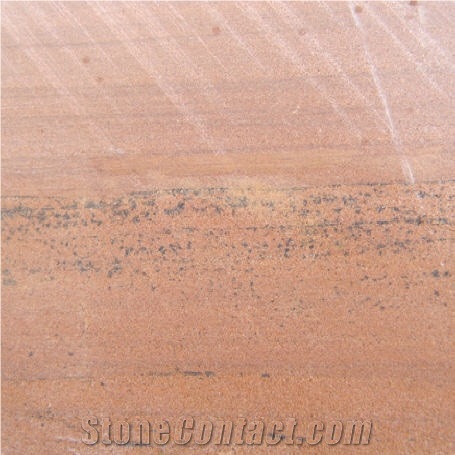Can United Kingdom's Corncockle Sandstone be used in a dining room?
Corncockle Sandstone is a popular building material in the United Kingdom, known for its durability and distinctive warm tones. While it can be used for various applications such as flooring, wall cladding, and outdoor landscaping, using it in a dining room would largely depend on personal preference and the overall design aesthetic of the space.
Corncockle Sandstone can create a rustic and earthy atmosphere in a dining room, particularly if you are aiming for a traditional or country-style décor. Its warm colors and natural textures can add character and warmth to the space, making it visually appealing.
However, before using Corncockle Sandstone in a dining room, consider the following factors:
1. Maintenance: Sandstone requires regular cleaning and sealing to prevent staining and damage. Spills or food stains could be challenging to remove if they penetrate the stone. Ensure you are ready to commit to the required maintenance.
2. Comfort: Sandstone can be porous and cool to the touch, which might not provide the most comfortable surface for dining chairs or sitting areas. Consider using chair pads or rugs to add cushioning and improve comfort.
3. Compatibility: Consider how Corncockle Sandstone will complement the rest of your dining rooms design elements, such as furniture, lighting, and color scheme. Make sure it harmonizes with the overall style and ambiance you want to achieve.
4. Practicality: As a natural stone, Corncockle Sandstone may come with natural variations, including uneven surfaces, fissures, or texture differences. While these characteristics add to its charm, they might not be suitable for everyones preferences or practical needs.
Ultimately, whether Corncockle Sandstone is suitable for your dining room depends on your personal taste and the overall design concept you have in mind. Consulting with an interior designer or a stone supplier would help you assess its compatibility and guide you in making an informed decision.
Corncockle Sandstone is a popular building material in the United Kingdom, known for its durability and distinctive warm tones. While it can be used for various applications such as flooring, wall cladding, and outdoor landscaping, using it in a dining room would largely depend on personal preference and the overall design aesthetic of the space.
Corncockle Sandstone can create a rustic and earthy atmosphere in a dining room, particularly if you are aiming for a traditional or country-style décor. Its warm colors and natural textures can add character and warmth to the space, making it visually appealing.
However, before using Corncockle Sandstone in a dining room, consider the following factors:
1. Maintenance: Sandstone requires regular cleaning and sealing to prevent staining and damage. Spills or food stains could be challenging to remove if they penetrate the stone. Ensure you are ready to commit to the required maintenance.
2. Comfort: Sandstone can be porous and cool to the touch, which might not provide the most comfortable surface for dining chairs or sitting areas. Consider using chair pads or rugs to add cushioning and improve comfort.
3. Compatibility: Consider how Corncockle Sandstone will complement the rest of your dining rooms design elements, such as furniture, lighting, and color scheme. Make sure it harmonizes with the overall style and ambiance you want to achieve.
4. Practicality: As a natural stone, Corncockle Sandstone may come with natural variations, including uneven surfaces, fissures, or texture differences. While these characteristics add to its charm, they might not be suitable for everyones preferences or practical needs.
Ultimately, whether Corncockle Sandstone is suitable for your dining room depends on your personal taste and the overall design concept you have in mind. Consulting with an interior designer or a stone supplier would help you assess its compatibility and guide you in making an informed decision.
 United Kingdom
(North of Lochmaben in Dumfrieshire)
United Kingdom
(North of Lochmaben in Dumfrieshire)













